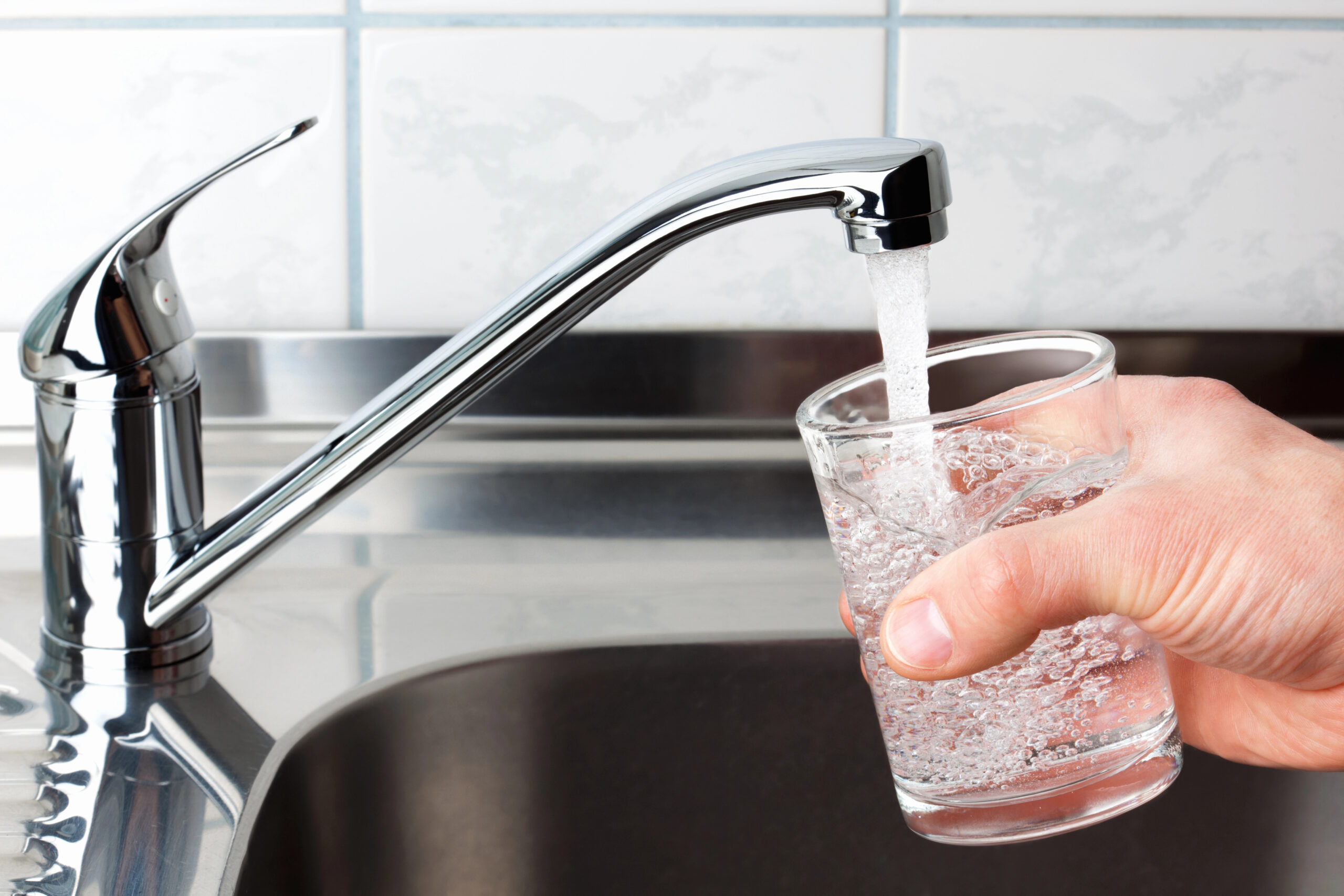Action needed or NL will not have enough drinking water in 2030

Quicker licencing procedures for existing water extraction sites and designating new sites are two of the main measures needed to ensure the Netherlands has enough drinking water in 2030, according to a new action plan.
The plan was put together following a warning from public health organisation RIVM two years ago, citing existing regional water shortages and increasing demand boosted by economic growth and climate change. The RIVM estimated that the demand for drinking water would be over 7% higher by 2030 than in 2020.
“The situation has not improved since,” the plan said, calling for national and regional cooperation. It was drawn up by the 12 Dutch provincial authorities, water boards and the infrastructure ministry.
The RIVM said in its report the measures will require a broad consensus, which will be difficult because new water extraction sites may impact on other use including farming, industry, recreation, shipping and nature.
The government will have to take a leading role in reconciling the different and conflicting interests, the RIVM said.
The Dutch use an average of 128 litres per person per day, according to figures from 2021. The last cabinet said it aimed to bring that down to 100 litres by 2035.
Some water companies have already announced measures to discourage excessive water use, such as higher rates for filling up swimming pools.
Thank you for donating to DutchNews.nl.
We could not provide the Dutch News service, and keep it free of charge, without the generous support of our readers. Your donations allow us to report on issues you tell us matter, and provide you with a summary of the most important Dutch news each day.
Make a donation